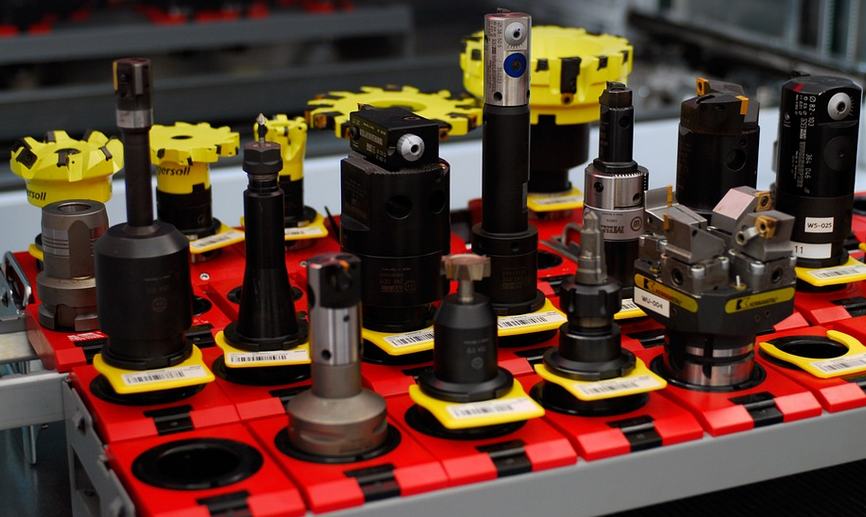A Legacy of Stitching: The Origins of the Sewing Machine
Imagine a world without sewing machines. Everything from clothing to furniture required hours of tedious handwork, painstakingly stitching every seam. This was life for much of human history until one man dared to challenge the status quo – Elias Howe. In 1846, he unveiled his groundbreaking invention: the first-ever practical and functional sewing machine.
Howe’s design wasn’t just a whim; it stemmed from necessity and a deep desire to streamline human labor practices. Growing up in a time when sewing was laborious and often painful, Howe envisioned a world where machines could take on these mundane tasks. He saw the potential for industrialization, recognizing how his machine could revolutionize various industries beyond just clothing production.
Howe’s invention wasn’t born out of thin air; it required a meticulous approach to problem-solving and scientific understanding. His journey began with an intense study of existing sewing tools – studying the intricate workings of needle and thread mechanisms. This research allowed him to understand the fundamental principles needed for building a machine that could mimic human stitching, albeit with incredible speed and precision.
He focused his efforts on creating a machine capable of efficiently moving through fabric. His invention was born out of a need for a machine that could handle thicker fabrics like canvas and leather; traditional sewing methods often fell short in these areas. Howe’s design addressed this challenge by introducing a unique system of interlocking mechanisms that allowed the machine to move with greater ease across various types of fabrics.
His ingenious invention included a bobbin mechanism, something he had developed early on to help him create more consistent stitches. The bobbin system is where Howe’s genius truly shines. It revolutionized the sewing process by allowing for automatic thread winding and tension regulation, eliminating a source of frustration and variability that plagued hand-sewing.
However, it wasn’t just about speed; Howe prioritized accuracy as well. The machine’s ability to produce consistent stitches – even on uneven surfaces like irregular materials – was groundbreaking. He had managed to build a device capable of delivering clean, precise seams, something that was previously impossible without immense manual effort.
Howe’s machine wasn’t solely reliant on the bobbin for functionality; it incorporated a system of gears and levers that allowed the needle bar to move smoothly across the fabric. The intricate workings of his design are evident in the precise alignment of various components, each meticulously designed to ensure consistent stitch formation.
One critical component of Howe’s machine was the “feed dog,” a small metal arm attached to the underside of the sewing machine bed. This simple yet elegant mechanism allowed for fabric to be pulled smoothly and consistently across the needle. It ensured that the needle moved with measured precision, achieving a stitch-by-stitch accuracy that outmatched traditional methods.
Howe’s invention was revolutionary not just in terms of speed and precision, but also in how it impacted the entire landscape of manufacturing. Imagine the implications for mass production! His machine opened up a world of possibilities beyond clothing; it laid the foundation for industrial advancements across various sectors like furniture making, upholstery, and even medical equipment.
His legacy, however, extends far beyond just the technical aspects of his invention. Howe’s ingenuity was fueled by an unwavering belief in the potential of technology to change lives. He saw a world where machines could take on laborious tasks, freeing up humans for more creative endeavors.
